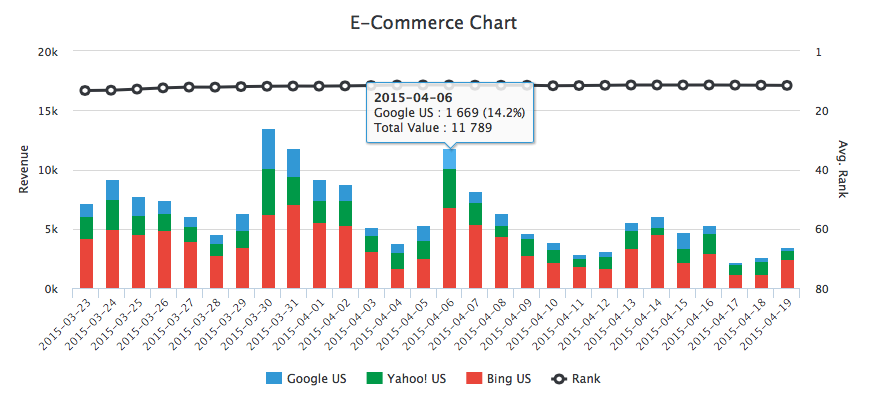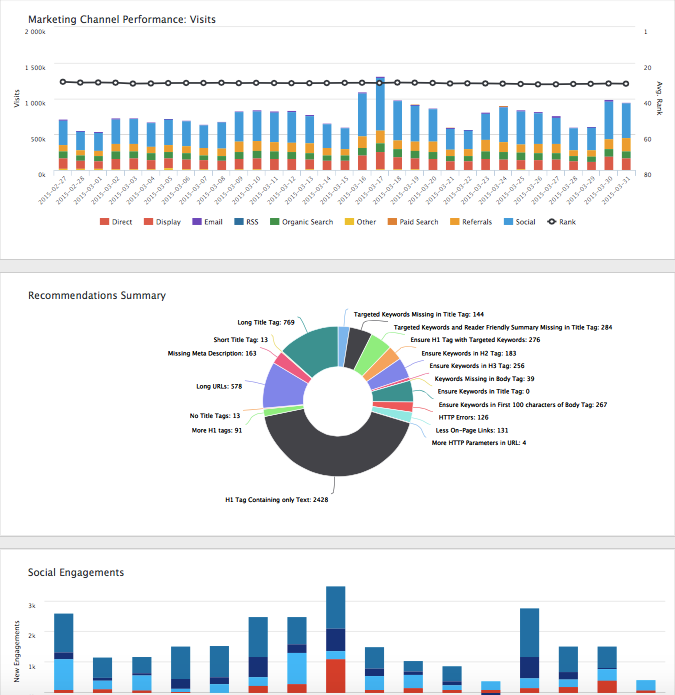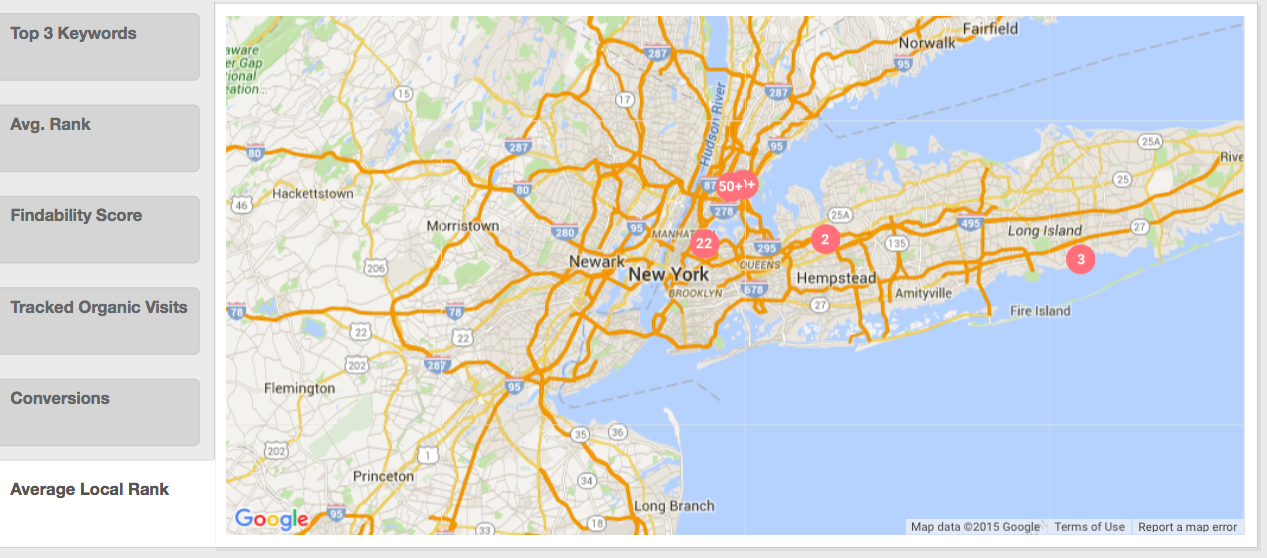The holiday shopping season is underway and most e-commerce brands are hoping they’re ready for this busy time of year. Last year was a record year for online sales with Black Friday bringing in well over $2.5 billion in online sales. As the trends in mobile device use and online sales continue to show increased use, we’re likely to see even more records broken this year. Google algorithm changes, including Mobile-Friendly (mobilegeddon) and user expectations have created an environment where brands must provide a very high-quality user experience or get overlooked.
If you haven’t done it already, it’s time to make your list and check it twice to make sure you’re on top of the trends and best practices to make your brand performance match the overall growth in the e-commerce marketplace.

Holiday SEO and Marketing Challenges
Creating seamless and high quality user experiences across a variety of devices continues to challenge SEO departments and are breathing life into a function that people claimed was dying out.
“There are lots of companies that we work with that are still working to optimize both their desktop and mobile experiences,” notes Ray Grieselhuber, Founder & CEO, GinzaMetrics. “Companies that have invested heavily in mobile apps are not seeing the ROI they expected. Users are showing a clear preference to using mobile web browser apps to brand-specific apps.”
Brands struggle to measure the ROI of the mobile app experience, but there’s no question that the mobile web revolution is continuing to progress. There’s always going to be a lot of interplay between mobile and desktop devices as people use multiple screens to start and complete shopping transactions.
Besides the lack of performance on brand mobile apps, there are still lots of companies not well-optimized for mobile websites. This is a growing challenge and creating a chasm between brands that are performing well in search and performing within the parameters of the user experience and those that are not. Being able to build an optimized experience for customers to seamlessly browse between different devices is going to continue to be very important for e-commerce brands of all sizes.
Overall, Google algorithm updates and overall industry best practices are demanding that brands pay attention to things like load times, performance, and overall site usability issues.
“Making sure your site is solid and functioning well and performing well and optimized for mobile and desktop experiences is going to be really important,” states Ray.

Holiday Analytics Challenges
Now, more than ever, brands are challenged with understanding their customer’s buying behavior and understanding the demographics of their customer base. The buyer journey rarely begins and ends on the same device or in the same place. People may start the research phase on a desktop or mobile device and complete some transactions online, and some will come into the store to complete the transaction offline.
“You need to understand very well who is going to be coming into your stores versus who is going to be making purchases online. You need to understand which buyer demographics you may be losing to competitors either online or in store due to less than optimal experiences in either place,” according to Ray.
The challenge for most brands is the ability to tie all these analytics together. There is a growing number of users doing real-time research and last-minute price comparisons in the store. Brick and mortar retailers are faced with people shopping in the store, trying out the product, and then finding it cheaper online and buying it from the online outlet.
Some retailers have caught onto this trend and are offering to match any online price in the store with the added benefit of taking your merchandise with you and not waiting for shipping. The reasoning behind this philosophy moves beyond completing one-time sales. The name of the game is really creating customer loyalty and building a base of repeat customers over the long term. For brick and mortar retailers, that means making sure you’re creating happy customers every time they come into your store and create an experience that is enjoyable enough that buyers would rather come to you than buy from a nameless online competitor.
Local and Mobile Insights for the Holiday Season
Mobile and local have always been tied closely together as people use their mobile devices to get real time information about price, location, store hours, and products. For many businesses the combination of local search results and mobile optimization is the key to finding new customers and being discovered online.
“Since releasing our Local Search features, we’re seeing a lot of usage for our customers preparing for Black Friday,’ notes Ray. “Now, our users can get very granular insights and see rank results on all their content by chosen location, something they hadn’t been able to do before.”

One of the areas for analytics opportunity and growth, according to Ray, is the ability to gain insight into what the market looks like in specific regions. There are different types of demographics and customer behavior in different areas of the country and brands need to understand those demographics to tailor messages and focus marketing efforts. For instance, buyer behavior is different in coastal areas versus inland areas. Even within inland areas there are differences in demographics based on inland location. Even when you’re talking about coastal regions, east coast and west coast consumer buying patters are very different and reflect attitude and life styles of the local environments.
Understanding how your brand is performing locally on search engines across the country and tying that to buyer behavior are the kinds of granular insights that inform strategic next steps. Local reviews can have a big impact on local businesses as well as business that don’t necessarily have a brick and mortar in that location. Google is taking local reviews into account and poor reviews can have an impact on your search ranking. It’s becoming more and more important for all types of businesses to focus on local search data.
There have been a lot of local tools on the market for a long time and the market has stagnated around some standardized views. The problem is that brands who have larger sites with hundreds of thousands of landing pages and a multitude of local businesses need data and analytics far above and beyond what the market has offered so far.
“We’re seeing this as an opportunity to build out some technologies and features that will support the type of insights that are really going to help them drive their revenue in late 2015 and the rest of next year,” states Ray.
Making a List and Checking it Twice – Last Minute Fixes
It’s the end of the year and Black Friday and Cyber Monday on top of mind for e-commerce brands. If you’re not quite ready for the onslaught, here are some last minute SEO fixes to set you up for success over the holidays and into 2016.
- Create relevant content – accelerate any content creation plans that are lagging behind.
- Engage your users on social – get the conversation started or keep it going watch for customer concerns and respond quickly.
- Watch your audience share of voice – you should be growing meaningfully on a weekly or monthly basis.
- Pay attention to the user experience – understand how local, social, and mobile contribute to the overall user experience.
“The biggest take-away is marketers and SEOs need to continue to work together. SEO people need to be able to provide actionable recommendations to their teams on technical issues or functionality issues that may be affecting their websites because they can have real impact on revenue,” remarks Ray.

